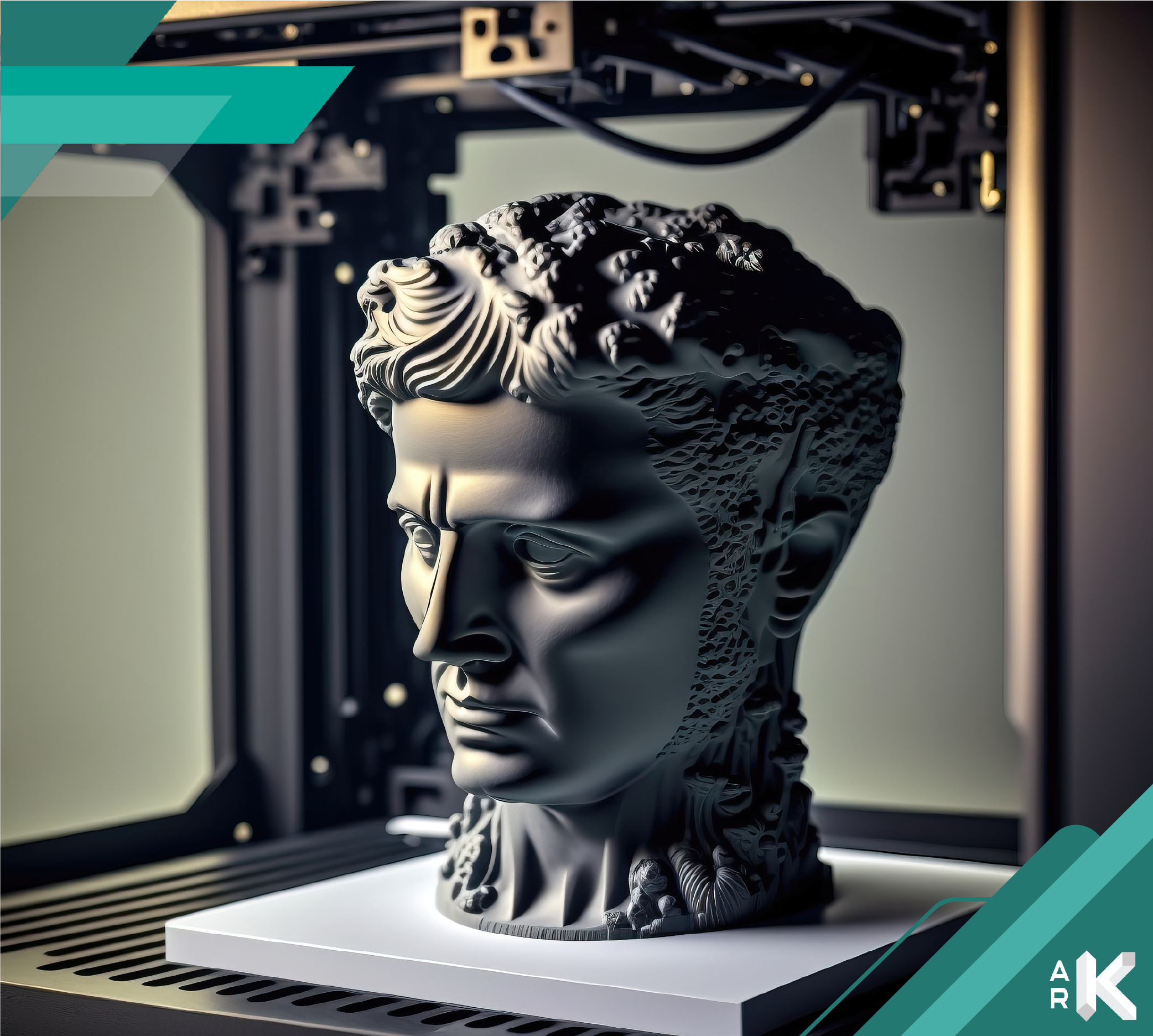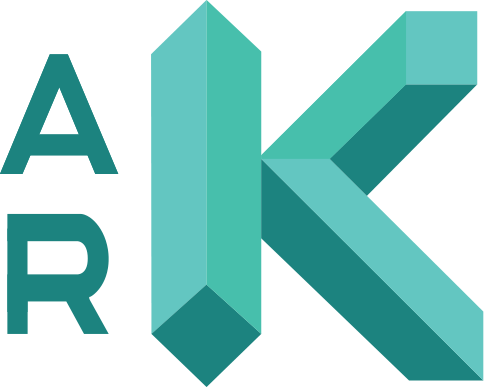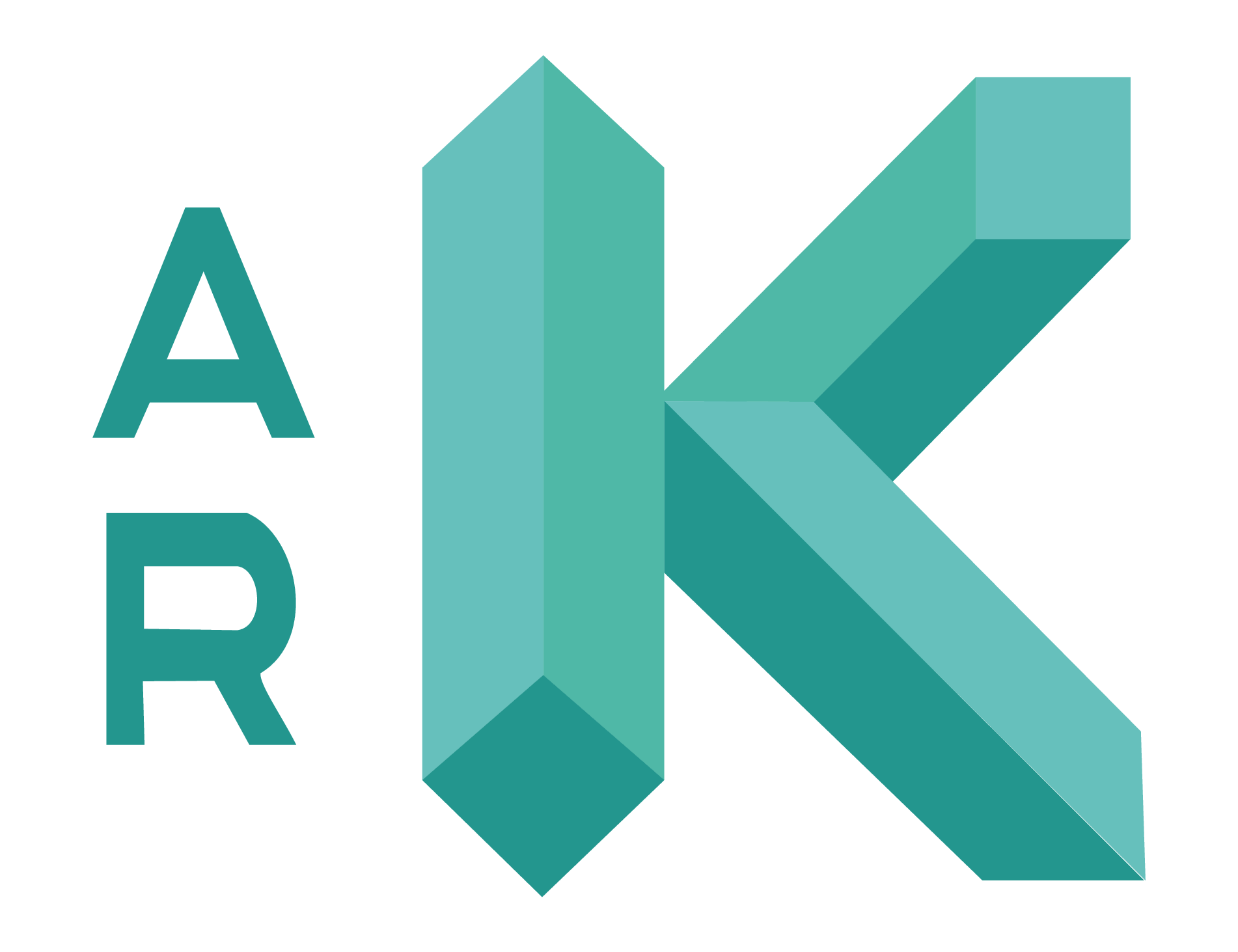
In the Realm of Art and Culture
The role of experimentation in contemporary art is crucial—a massive pillar in the research process. In the art industry, additive manufacturing technology transforms the impossible into possible, offering artists a completely new medium to harness. And that’s precisely what numerous contemporary artists have been doing. With its emergence, many artists have either replaced or supplemented their primary medium to explore its vast possibilities. When the renowned sculptor Bruce Beasley was invited by the software platform Autodesk to host a 3D printing exhibition in San Francisco in 2013, he was thrilled; after all, it’s not every day that an artist gets the opportunity to come face-to-face with breakthrough technology. ‘Computer modeling and 3D printing give me the ability to create sculptures that I couldn’t execute in any other way. The creative impulse remains the same—it’s the tools that the artist uses, but it’s exciting and invigorating to explore new vocabularies of forms—part mechanical, part organic—that have become possible through innovations in technology.
Has 3D printing developed the community in preserving art?
Yes, 3D printing has played a significant role in advancing the preservation of art and heritage, contributing positively to society’s efforts in maintaining cultural legacies. Here’s how:
Replication of Historical Artifacts: 3D printing allows for the accurate replication of precious and fragile historical artifacts. These replicas can be used for educational purposes, allowing hands-on interaction without risking damage to the original pieces.
Restoration of Damaged Artworks: By creating precise 3D printed parts, restorers can fill in missing or damaged sections of artworks and cultural artifacts, aiding in their preservation and restoration while maintaining their integrity and aesthetic value.
Archival Documentation: 3D scanning and printing provide a method for archiving artifacts in digital form. This ensures that even if the physical object is lost or destroyed, a detailed replica can be produced, preserving its memory and significance.
Accessibility: 3D printed replicas of artworks can be displayed in multiple locations simultaneously, making art and cultural heritage more accessible to people around the world. It also allows visually impaired individuals to experience art through touch.
Research and Education: Detailed 3D models enable researchers and students to study artifacts closely without the need to travel or handle the original items. This facilitates a deeper understanding of history, art, and culture.
Preservation of Sites at Risk: For heritage sites threatened by natural disasters, climate change, or human activities, 3D printing offers a solution to preserve their physical essence. Detailed replicas can serve as reminders and educational tools if the original sites are damaged or lost.
Innovative Exhibitions: Museums and galleries are using 3D printing to create innovative and interactive exhibitions. This technology allows them to present artworks in new ways, engaging visitors and providing enriched learning experiences.
In summary, 3D printing technology has indeed developed society’s capacity to preserve art, offering innovative solutions for restoration, replication, and engagement with cultural heritage, thereby ensuring that historical and artistic legacies are maintained for future generations.

Advantages of additive manufacturing technology in culture and arts
Innovation in Art Creation
Customization and Personalization
Restoration and Preservation
Accessibility and Engagement
Archival Documentation
Cost-Effective Exhibitions
Sustainability in Art Production
Prototyping and Experimentation
Educational Tools
Reviving Ancient Crafts
Overall, additive manufacturing enriches the cultural and artistic sectors by enhancing creative possibilities, improving access to art, and ensuring the preservation of our collective heritage.
Additive manufacturing, or 3D printing, has introduced some of the most fascinating applications in the realms of culture and the arts, blending traditional techniques with cutting-edge technology to create new forms of expression and preservation. Here are some compelling examples:
Artists are utilizing 3D printing to create complex sculptures that would be difficult or impossible to achieve with conventional materials and methods. This includes kinetic sculptures that incorporate movement and light, enhancing the dynamic interaction between the artwork and its viewers.
Museums and cultural institutions are using 3D printing to replicate ancient artifacts and historical objects, allowing the public to interact with and learn from these replicas without risking damage to the original items.
Architects and designers are employing 3D printing to produce detailed models of buildings, bridges, and urban landscapes. These models are not only used for presentation and analysis but also serve as intricate artworks that capture the essence of architectural vision.
Musicians and instrument makers are exploring the potential of 3D printing to customize musical instruments, enhancing their acoustic properties and aesthetic appeal. This includes everything from violins and flutes to more experimental instruments that produce unique sounds.
Additive manufacturing is enabling the creation of large-scale, interactive art installations that invite audience participation. These installations often combine digital technology with physical elements, creating immersive experiences that challenge the boundaries between the digital and the physical world.
3D printing plays a crucial role in the preservation of cultural heritage, enabling the accurate reconstruction of damaged architectural elements and artifacts. This technology is also used to create durable molds for traditional crafts, helping to keep ancient techniques alive.
Conservators are using 3D printing to restore damaged artworks and sculptures. By printing missing elements or damaged parts, they can maintain the integrity and extend the lifespan of valuable cultural objects.
Educators are leveraging 3D printed models to teach art history and cultural studies, providing students with tangible examples of historical artifacts, sculptures, and architectural models that enhance their learning experience.
Artists are incorporating 3D printed elements into performance art, using them as props, costumes, or even as part of the stage design. This integration of digital fabrication with live performance creates new possibilities for storytelling and visual expression.


